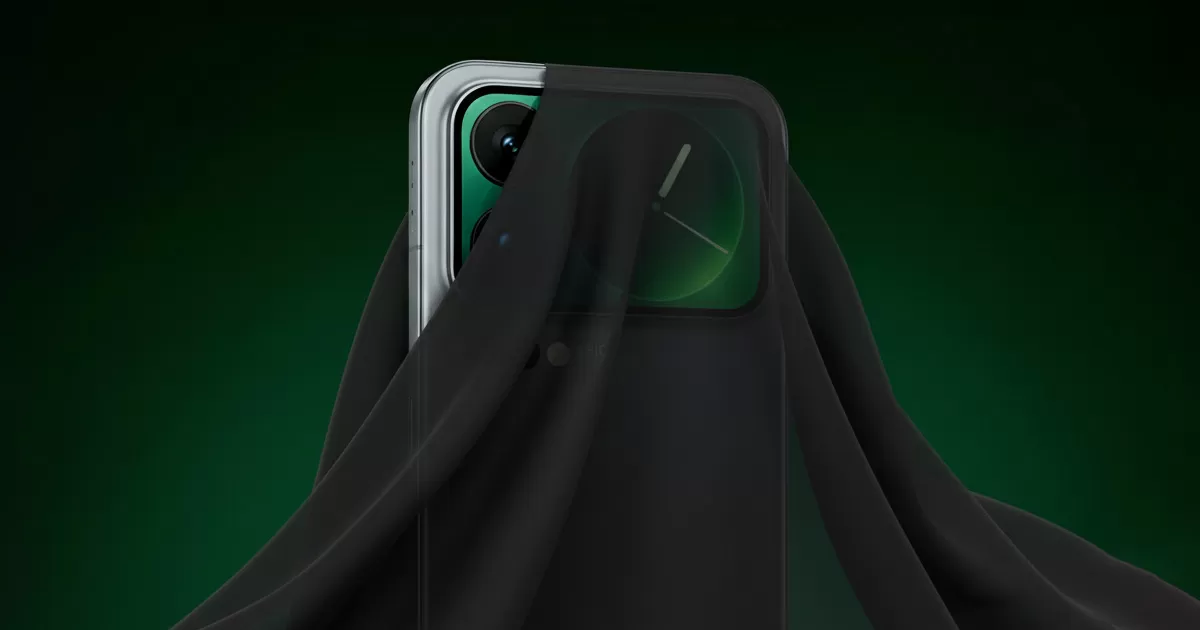
Quantum Superposition Explained: One Particle, Many Realities
Quantum Superposition: One Particle, Many Possibilities
In the world of quantum physics, the rules of nature are far stranger than anything we experience in daily life. One of the most fascinating and confusing ideas is called quantum superposition. It describes how a particle, like an electron or photon, can exist in multiple states at the same time—until we observe or measure it. This idea defies common sense, but it’s a well-tested and fundamental part of how the universe works on the smallest scales.
Let’s break this down. Imagine flipping a coin. While it's in the air, you might say it's in an uncertain state—either heads or tails, but you don’t know which. In classical physics, this is just a matter of not having enough information. But in quantum physics, it’s different. The coin isn’t just unknown—it is actually in a mix of both heads and tails until someone looks at it. This is the essence of quantum superposition.

A famous thought experiment that illustrates this idea is Schrödinger’s cat. In it, a cat is placed in a sealed box with a radioactive atom, a Geiger counter, and poison that will be released if the atom decays. Quantum theory says the atom is both decayed and not decayed until observed. So, bizarrely, the cat is both alive and dead until the box is opened and someone checks. It’s a strange metaphor, but it gets the point across: quantum systems can be in multiple realities at once.
This principle isn’t just theoretical. It's been confirmed in experiments, such as the double-slit experiment. When electrons are fired at a barrier with two slits, and no one observes which slit they go through, they act like waves and interfere with themselves, suggesting they go through both slits at once. But if you measure which slit they pass through, they behave like normal particles. Just watching them changes their behavior.
Quantum superposition is also key to the development of quantum computing. Traditional computers use bits, which are either 0 or 1. Quantum computers use qubits, which can be in a superposition of both 0 and 1 at the same time. This allows quantum computers to perform many calculations simultaneously and solve certain problems much faster than classical computers ever could.

However, superposition doesn’t last forever. It breaks down when a quantum system interacts with its environment, a process called decoherence. That’s why we don’t see superpositions in our everyday lives—our world is constantly interacting, measuring, and collapsing quantum possibilities into definite outcomes.
Despite its weirdness, quantum superposition has been verified countless times and is central to our best understanding of nature. It suggests that the world at its core is not made of solid, unchangeable stuff, but of probabilities and possibilities. Reality itself seems to be shaped by observation, and what we perceive may depend more on how we look than we ever imagined.
Quantum superposition is not just a quirky idea—it's a window into the deep and mysterious nature of the universe. It challenges our assumptions and opens the door to new technologies and a new understanding of existence itself.





Comments (0)
No comments yet. Be the first to comment!
Leave a Comment